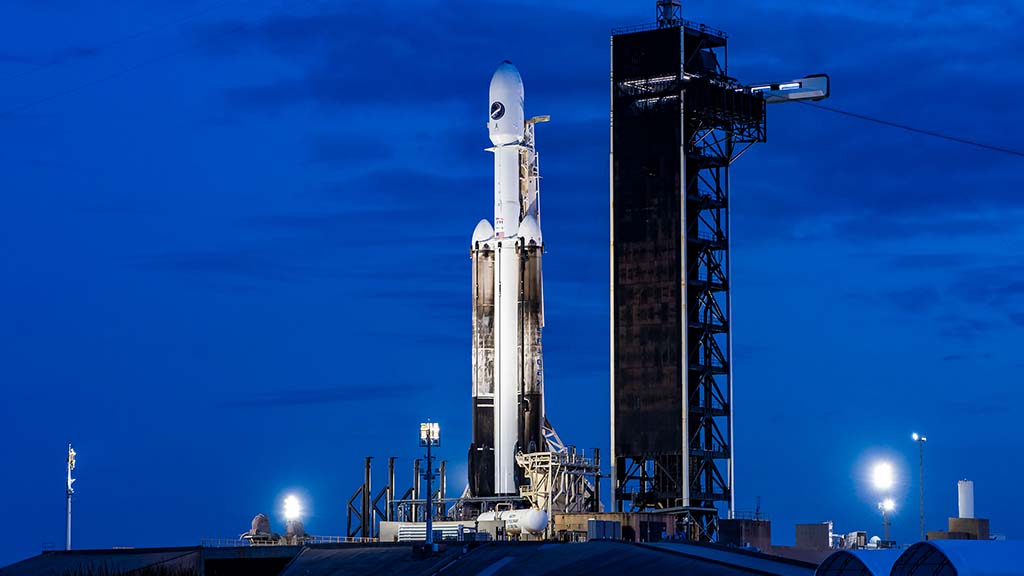SpaceX
SpaceX Falcon Heavy rocket will launch the US Space Force’s X-37B on December 28 [Updated]

December 25, 2023 – Update: SpaceX looking to launch USSF-52 into orbit during the four-hour launch window that opens at 7:00 p.m. ET. There’s also a backup launch opportunity available on Friday, December 29 during the same launch window.
December 16, 2023 – Update: SpaceX announced today that Falcon Heavy will launch a USSF-52 mission to orbit from Florida on December 28.

December 8, 2023 – Original Story
SpaceX will launch the seventh X-37B orbital test vehicle mission via the super-powerful Falcon Heavy rocket on December 10 from Cape Canaveral Space Force Station.
The latest Falcon Heavy launch comes in partnership with the Department of the Air Force Rapid Capabilities Office, US Space Force, and SpaceX. However, the launch time has not been announced.
The mission was initially planned for December 7, Friday but was delayed to December 10 due to launch preparations and pad availability.
The seventh mission of X-37B (OTV-7) will use a Falcon Heavy carrier for the first time, while its predecessor used SpaceX’s Falcon 9. The first 5 missions used the UAL rocket.
According to USSF, this launch includes operating in orbit to experiment with new technologies and check radiation effects on NASA materials.
The first X-37B was launched in April 2010 and the combined six missions accounted for 3,774 days in space.
Fox Forecast Center suggests there could be a 50% chance of favorable weather throughout the launch day. This includes thunderstorms in the afternoon.

US Space Force X-37B test vehicle, image source – USSF
Therefore, a morning launch window would be the best to fire up Falcon Heavy engines.
Falcon Heavy is the second most powerful rocket in the SpaceX fleet after Starship. The launch vehicle consists of three reusable Falcon 9s, which combine 27 Merlin engines to generate 5 million pounds of thrust on the liftoff stage. Falcon Heavy can lift about 64 metric tons (141,000 lbs).
The two sides and a center booster are connected to the nose cone. After a few minutes of liftoff, both of the side boosters separate in hot staging, and the center core engines throttle back up to the full thrust.
Back in October, SpaceX Falcon Heavy launched NASA’s Psyche mission to study asteroid from NASA’s Kennedy Space Center in Florida.
The rocket maker could livestream the X-37B launch via SpaceX Falcon Heavy rocket a few minutes before the liftoff.










